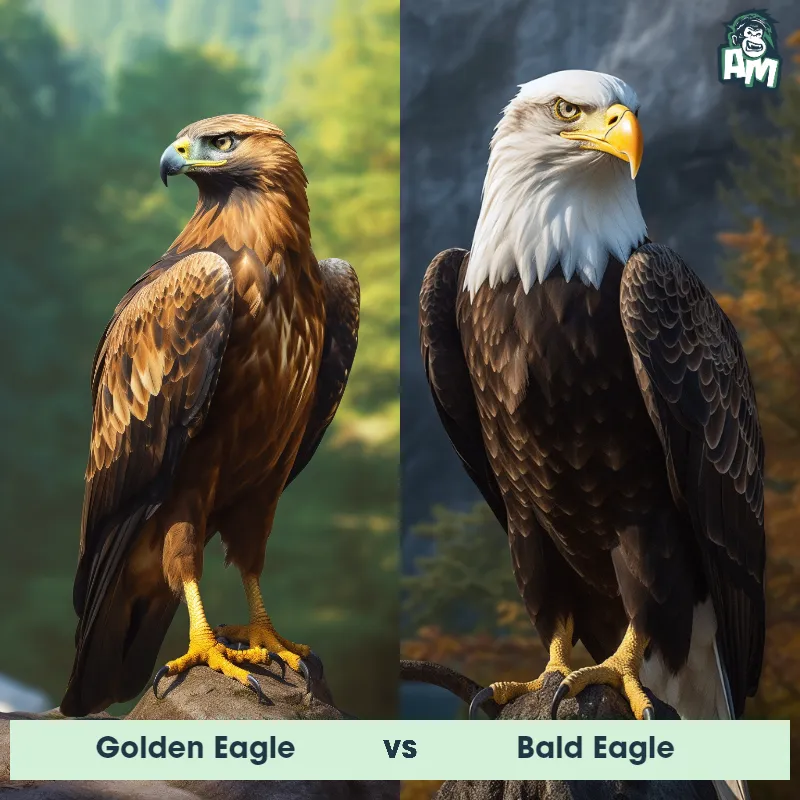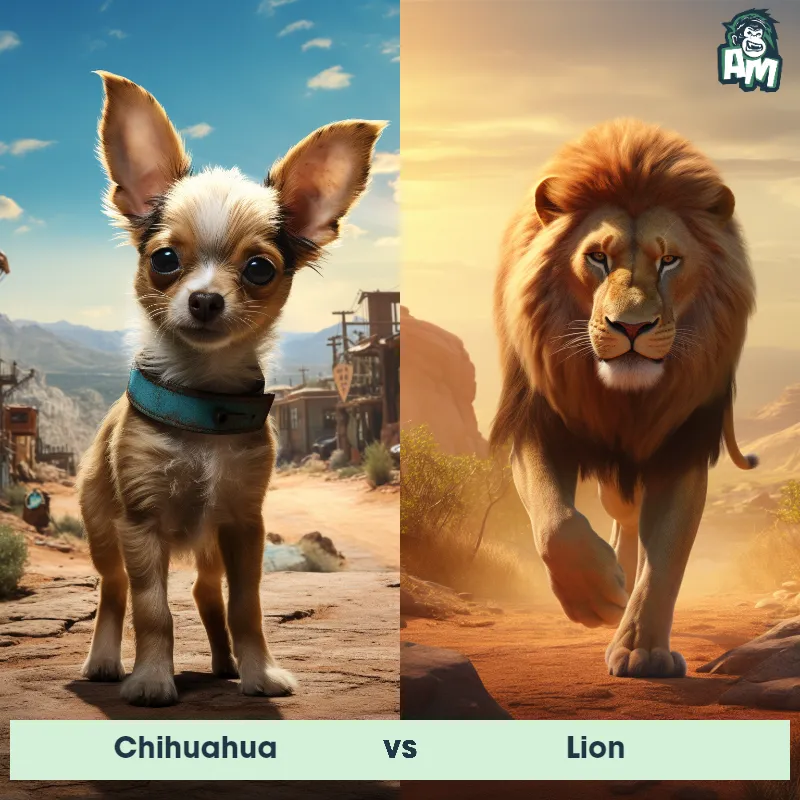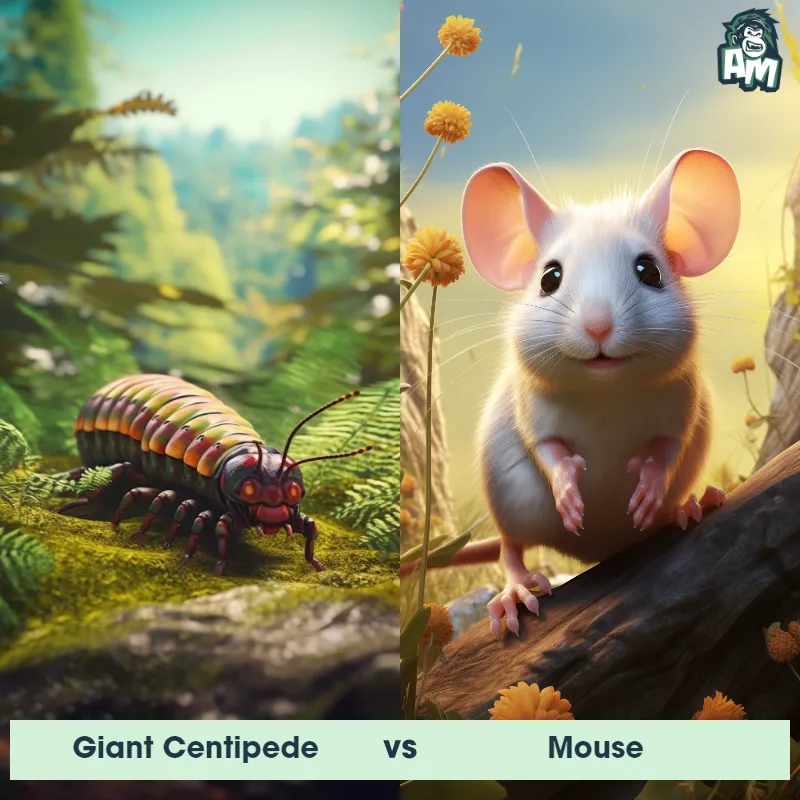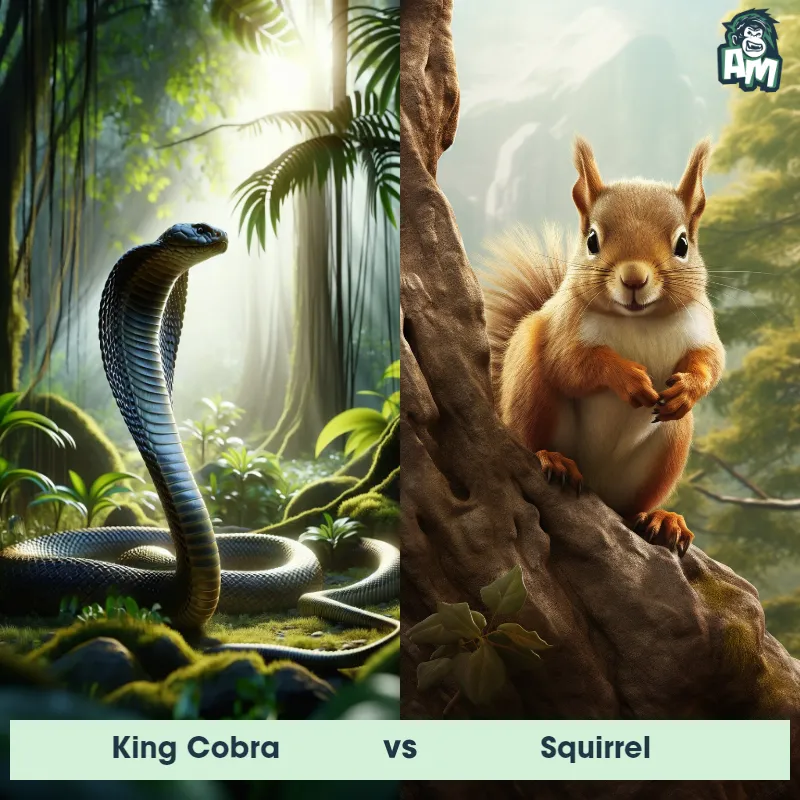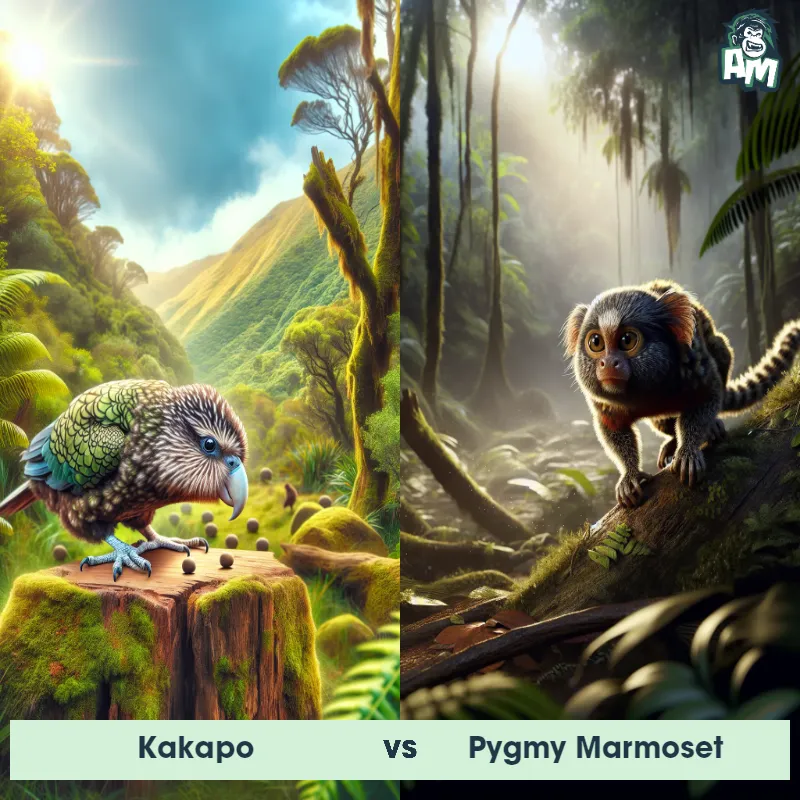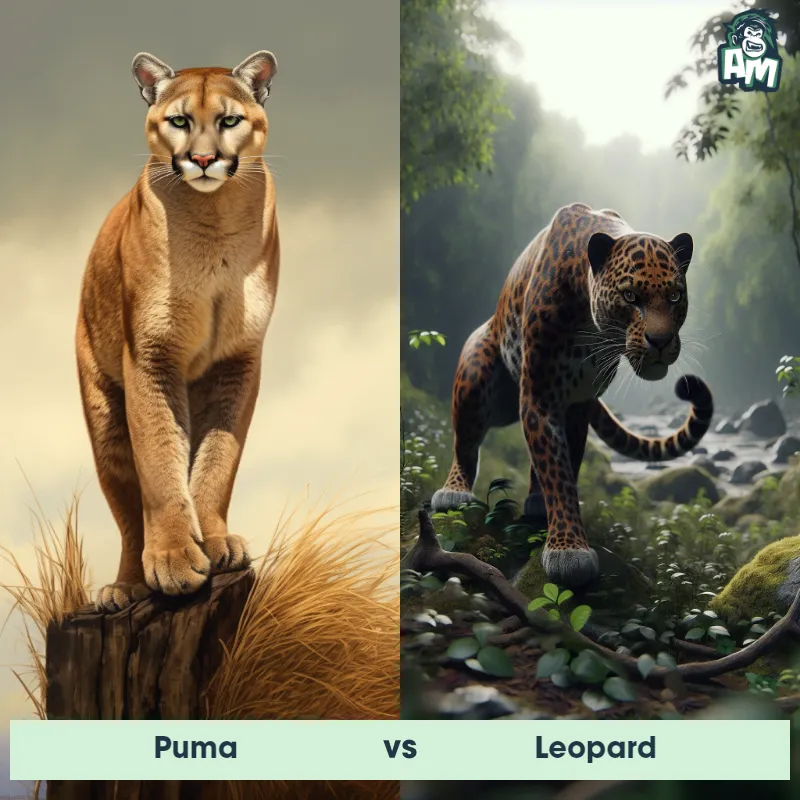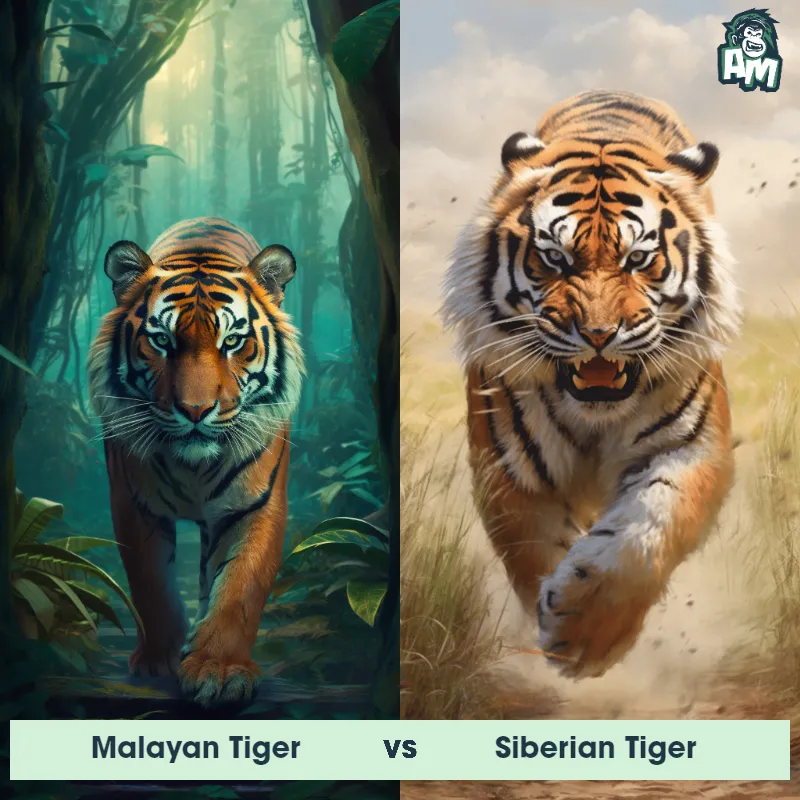Bobcat vs HousecatSee Who Wins

Ladies and gentlemen, welcome to this thrilling showdown between two fierce feline competitors. In the red corner, we have a mighty Bobcat, known for its strength and agility. And in the blue corner, we have a nimble Housecat, ready to prove its worth in this ultimate cat clash. It's time to witness the battle commence!
Contender 1: Bobcat
The Bobcat, also known as Lynx rufus, is a medium-sized wild cat native to North America. They have short, reddish-brown fur with black spots and tufted ears. Bobcats are known for their distinctive short tails, which are only 5-6 inches long. They are solitary animals and are most active at dawn and dusk. Bobcats are skilled hunters and prey on small mammals, birds, and reptiles.
Fun Fact: Bobcats are excellent climbers and can easily scale trees to escape predators or hunt prey.
Contender 2: Housecat
The Housecat, also known as Felis catus, is a small domesticated carnivorous mammal. These feline creatures are known for their graceful movements, sharp retractable claws, and keen senses of hearing and sight. They come in various colors and coat patterns, with some having short hair while others have long, silky fur. Housecats have a compact and muscular body, along with highly flexible spines that enable them to pounce and leap with incredible agility. These independent creatures are known for their grooming rituals and their ability to communicate using various vocalizations and body language.
Fun Fact: Housecats have a specific body posture known as the "Halloween Cat," where they arch their backs, puff up their tails, and raise their fur to appear larger and more intimidating when feeling threatened or scared.
Matchup Stats
| Bobcat | Housecat | |
|---|---|---|
| Size | 2-3 feet (0.6-0.9 meters) in length | Height: 9-10 inches (22-25 cm) |
| Weight | 15-30 pounds (6.8-13.6 kilograms) | 8-10 pounds (3.6-4.5 kg) |
| Speed | Speed: 30 mph (48 km/hr) | 30mph (48km/h) |
| Key Strength | Powerful legs and sharp claws | Stealth and agility |
| Biggest Weakness | Small size compared to other predators | Size and physical strength |
Current Votes
Bobcat vs Housecat
See Who Wins
View More Matches
Looking For More?
Similar Matches
Scientific Stats
| Bobcat | Housecat | |
|---|---|---|
| Scientific Name | Lynx rufus | Felis catus |
| Family | Felidae | Felidae |
| Habitat | Forests, deserts, suburban areas | Domestic, indoor environments |
| Geography | North America | Worldwide, found in many countries |
| Diet | Small mammals, birds, reptiles | Carnivorous, primarily eat meat-based cat food |
| Lifespan | 10 years - 15 years | 12 years - 16 years |
Key Differences between Bobcat and Housecat
- Coloration: Bobcats commonly have a brownish or grayish coat, often with distinct black spotting or striping, whereas Housecats can come in a wide variety of coat colors and patterns, including solid, tabby, or calico.
- Tail: The Bobcat's tail is short and stubby in appearance, measuring around 4-7 inches, while the Housecat's tail is longer and more graceful, averaging 11-12 inches.
- Facial markings: Bobcats have recognizable facial markings, including white or light-colored fur around their eyes, which contrasts with their darker fur, lending them a somewhat "masked" appearance. Housecats usually lack these distinctive facial markings.
- Ears: Bobcats have distinct, pointed and tufted ears that stand upright, whereas Housecats typically have rounded ears without prominent tufts.
- Size: The Bobcat is significantly larger than the Housecat, with adults weighing between 15-40 pounds, while Housecats typically range from 5-15 pounds.
- Body shape: Bobcats have a robust, muscular build with longer legs and wider paws adapted for their wild lifestyle, while Housecats tend to have a more slender and agile build, suitable for their domestic environment.



